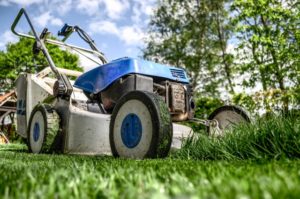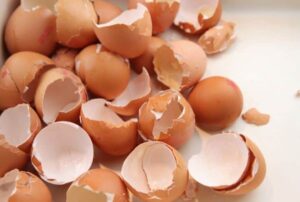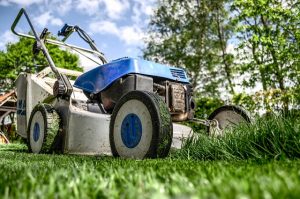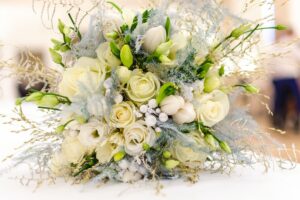5 Garden Herbs That Are Easy to Grow in Containers

With the growing season upon us, it’s time to start thinking about beautiful blooms and tasty veggies. There’s more to spring and summer than flowers and a vegetable garden. Why not try planting some herbs this year? They’re easy to grow in containers and can be used to spice up your meals.
Planting Herbs in Containers
Many common herbs grow well in pots. Herb seedlings are available at most garden centers. You’ll need high quality organic potting soil, perlite, small stones, and containers big enough to allow the roots to spread out and grow.
The small stones are used to line the bottom of each container to allow excess water to pass through. Mix the perlite into your potting soil and add to the pot. Plant your seedlings and then water thoroughly. Most herbs do best with morning sun, but some will tolerate afternoon sun as well.
As your plants grow, remember to water them frequently, but don’t overwater. Turn each container weekly to ensure the plants are getting light from all sides. Removing flowers and trimming will encourage leaf growth.
Herbs That Grow Well in Containers
You can experiment with the types of containers you use for your herbs. For example if you’re repairing sections of your guttering during routine maintenance, then the old pieces work fantastically in a DIY gutter garden. Alternatively, a vertical planter can be fashioned out of an old coat rack.
- Basil is a common additive to Italian dishes and also repels flies if kept indoors. It’s best served fresh (not dried) and should be added at the end of cooking. You can preserve fresh basil by making pesto and freezing it.
- Chives are an easy-to-grow plant used to add a bit of mild onion flavor to dishes. Both the flowers and stems are edible. The blossoms are pretty enough to be added to your flower garden, but also grow quickly in containers.
- Mint will spread aggressively, so containers are best for this herb. Dry mint sprigs at the end of the season for use year-round. Popular varieties include peppermint, spearmint, and chocolate mint.
- Rosemary is a woody perennial and must be pruned back and kept indoors during cold months. It’s a wonderful additive for baked goods and roasted meats and vegetables. The leaves can be dried and preserved easily.
- Sage is another woody perennial, but it does fairly well in cold environments. Over 900 different varieties are available. Sage adds a rich flavor to many dishes, and can even be made into a tasty butter.
Whether you plant herbs to enhance your flower garden or in containers, they’re a welcome addition to any gardener’s collection. Give these five easy-to-grow herbs a try. Not only are they beautiful plants, but you can reap their tasty benefits all year long.






